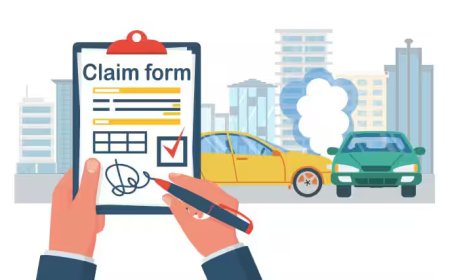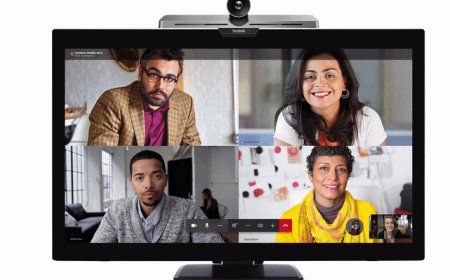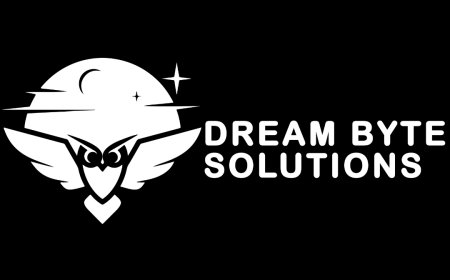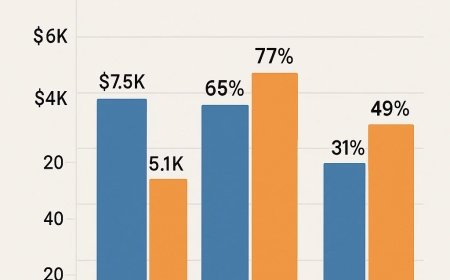Who Qualifies for an Australian Adoption Visa? Essential Eligibility Checklist
Bringing an adopted child to Australia is a meaningful step for many families, but it involves navigating strict legal and immigration requirements.
Bringing an adopted child to Australia is a meaningful step for many families, but it involves navigating strict legal and immigration requirements. The Australian Adoption Visa (Subclass 102) provides a permanent residency pathway for children adopted overseas by Australian citizens, permanent residents, or eligible New Zealand citizens.
If you're considering this visa in 2025, understanding who qualifies is critical. Heres an essential eligibility checklist that outlines the key criteria for both sponsors and adopted children.
?For the Sponsor (Adoptive Parent)
To sponsor a child for the Adoption Visa (Subclass 102), you must meet the following criteria:
-
Australian Citizen, Permanent Resident, or Eligible New Zealand Citizen
You must hold one of these statuses at the time of application and when the visa is decided. -
Adoptive Parent of the Child
You must have legally adopted the child, or be in the process of adopting, before the application is submitted. -
Adoption Recognised Under Australian Law
The adoption must either:-
Be arranged through an Australian state or territory adoption authority as part of an official intercountry adoption program; or
-
Be a known child adoption approved by the relevant Australian adoption authority.
-
-
Meet Sponsorship Obligations
You must agree to provide accommodation, financial support, and general welfare assistance for the child upon their arrival in Australia.
?For the Adopted Child
The adopted child must satisfy the following conditions to qualify for the Subclass 102 visa:
-
Age Requirement: Under 18 Years Old
The child must be under 18 at the time of the visa application and at the time of decision. -
Legally Adopted (or in the Process of Adoption)
The adoption must comply with the laws of both the childs country of residence and Australian adoption regulations.-
Private or informal adoptions that bypass official adoption channels may not be recognised.
-
-
Outside Australia at Time of Application
The child must be outside Australia when the visa application is lodged and when a decision is made. -
Meet Health and Character Requirements
The child must undergo health examinations and meet character requirements, even if minimal due to age. -
Genuine and Best Interests of the Child
The adoption and visa grant must be assessed as being in the childs best interests. The Department of Home Affairs examines whether the adoption meets ethical and legal standards.
?Important Considerations and Common Misconceptions
-
Not for Onshore Adoptions or Stepchildren
The Subclass 102 is for children adopted outside Australia. It does not apply to children adopted in Australia or for bringing stepchildren. -
No Bridging Visa Rights
Since the child must be outside Australia, this visa does not come with bridging visa entitlements for onshore applicants. -
Compliance with The Hague Convention
If the childs country of origin is a signatory to the Hague Adoption Convention, the adoption process must comply with the conventions guidelines.
?Eligibility Checklist Summary
| Criteria | Adoptive Parent | Adopted Child |
|---|---|---|
| Citizenship Status | Australian citizen, PR, or NZ citizen | N/A |
| Adoption Status | Legally adopted through recognised channels | Legally adopted or in the process |
| Age Requirement | N/A | Under 18 |
| Location at Time of Application | N/A | Must be outside Australia |
| Health & Character | Must support the childs settlement | Must pass health & character checks |
| Best Interests Consideration | N/A | Adoption must be genuine & lawful |
Final Thoughts
The Australian Adoption Visa (Subclass 102) offers a direct route to permanent residency, but it comes with stringent eligibility criteria designed to protect the welfare of children and uphold international adoption laws.
By following this essential checklist and seeking guidance from a registered migration agent or state adoption authority, families can confidently navigate the adoption and visa process.
In 2025, ensuring legal compliance, ethical adoption practices, and full documentation is more important than ever for a successful application and a secure future for your adopted child in Australia.








&srotate=0)























